Equator Clother-Processor EZ 3600 CEE User manual
Other Equator Dryer manuals
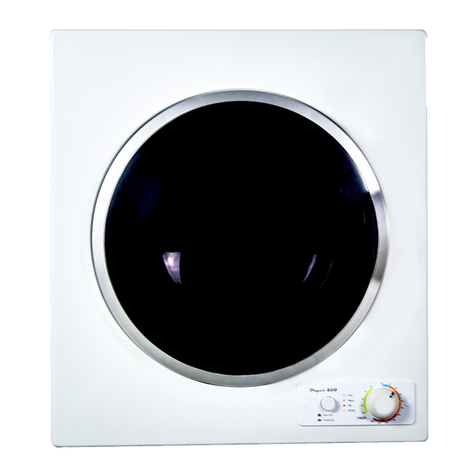
Equator
Equator 850 User manual
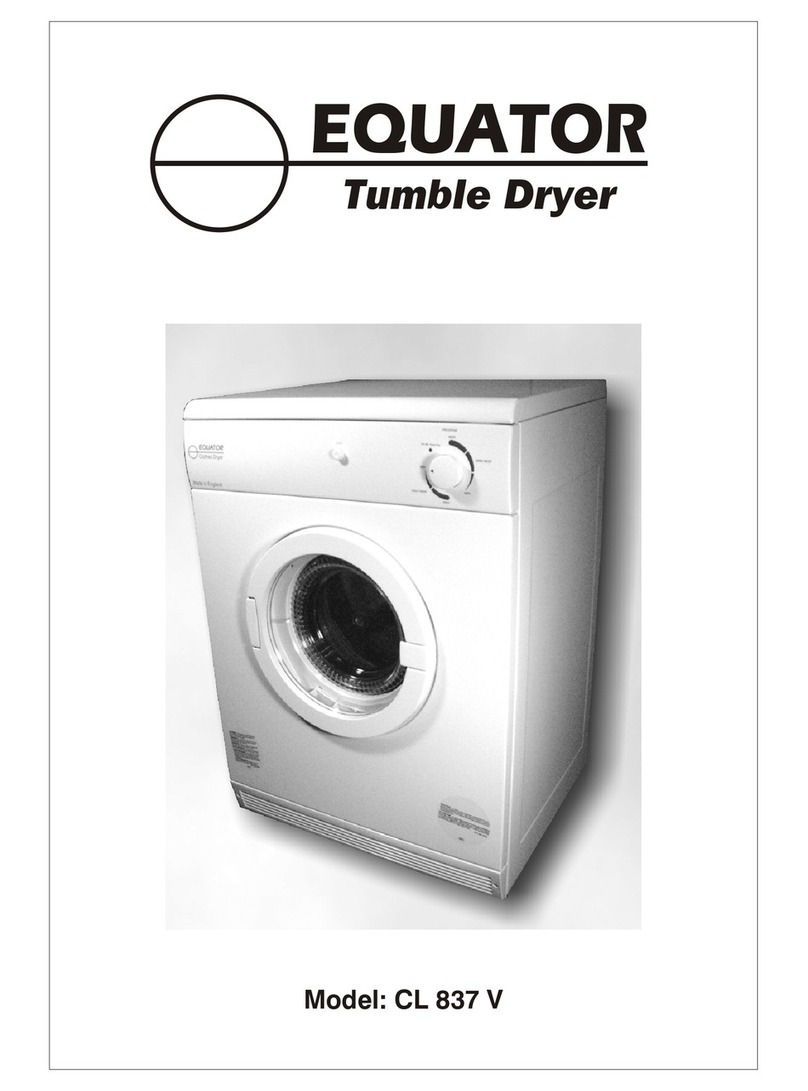
Equator
Equator CL 837 V User manual
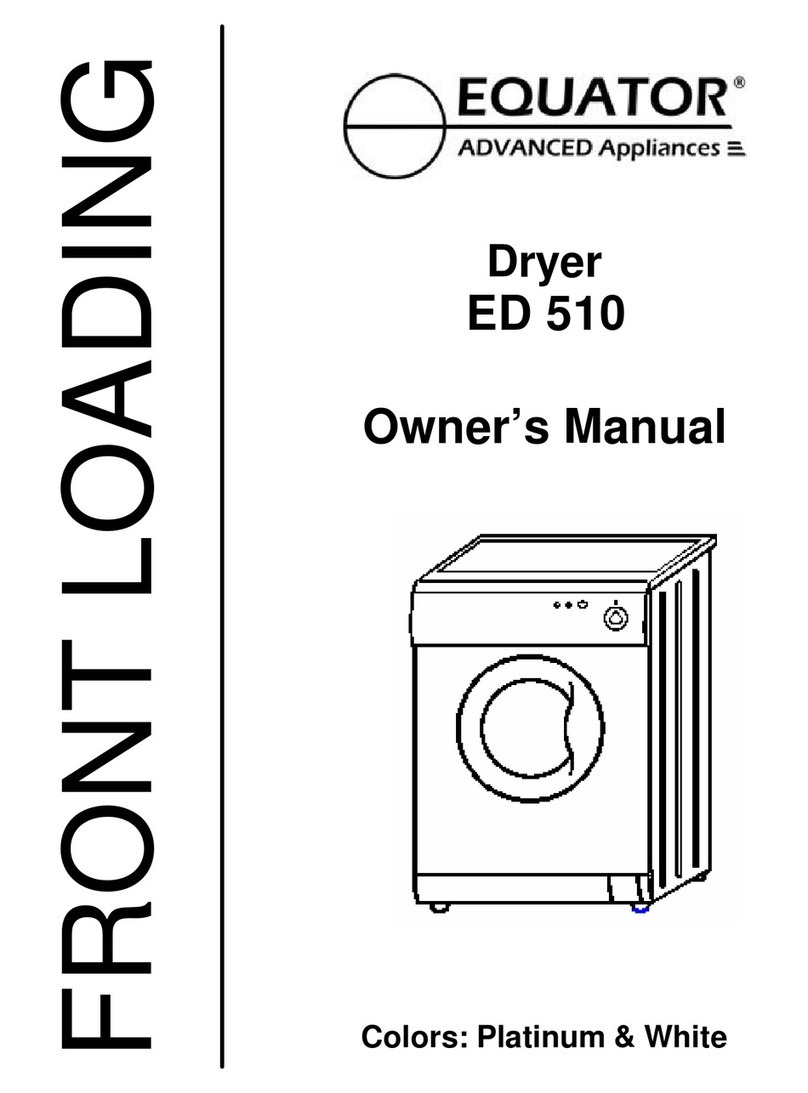
Equator
Equator ED 510 User manual
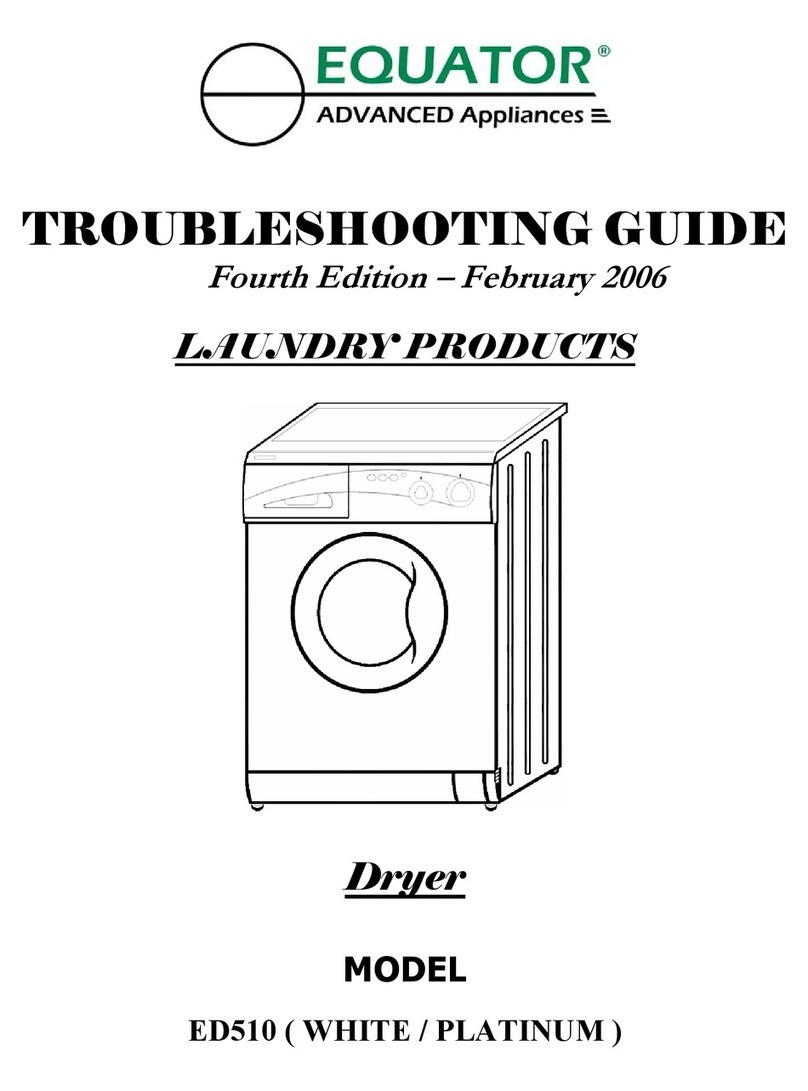
Equator
Equator ED 510 User manual

Equator
Equator ED 510 User manual

Equator
Equator ED 850 User manual
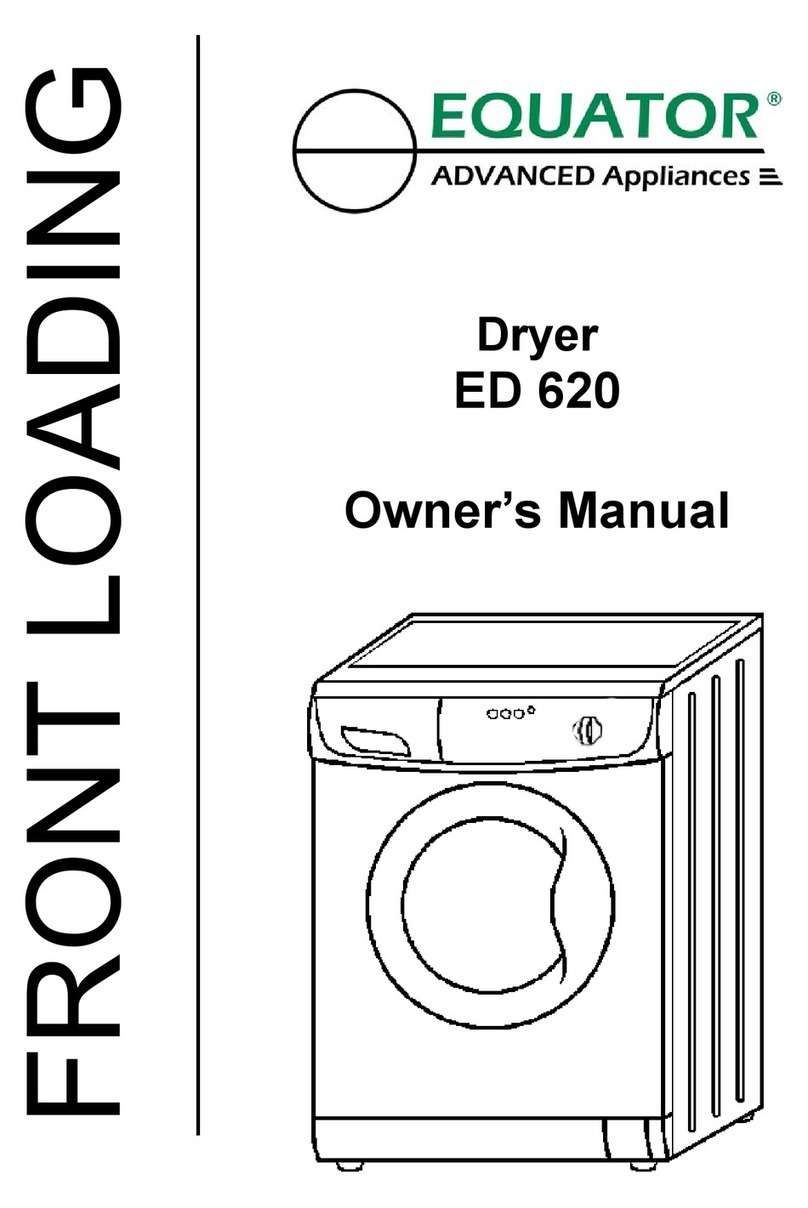
Equator
Equator ED 620 User manual
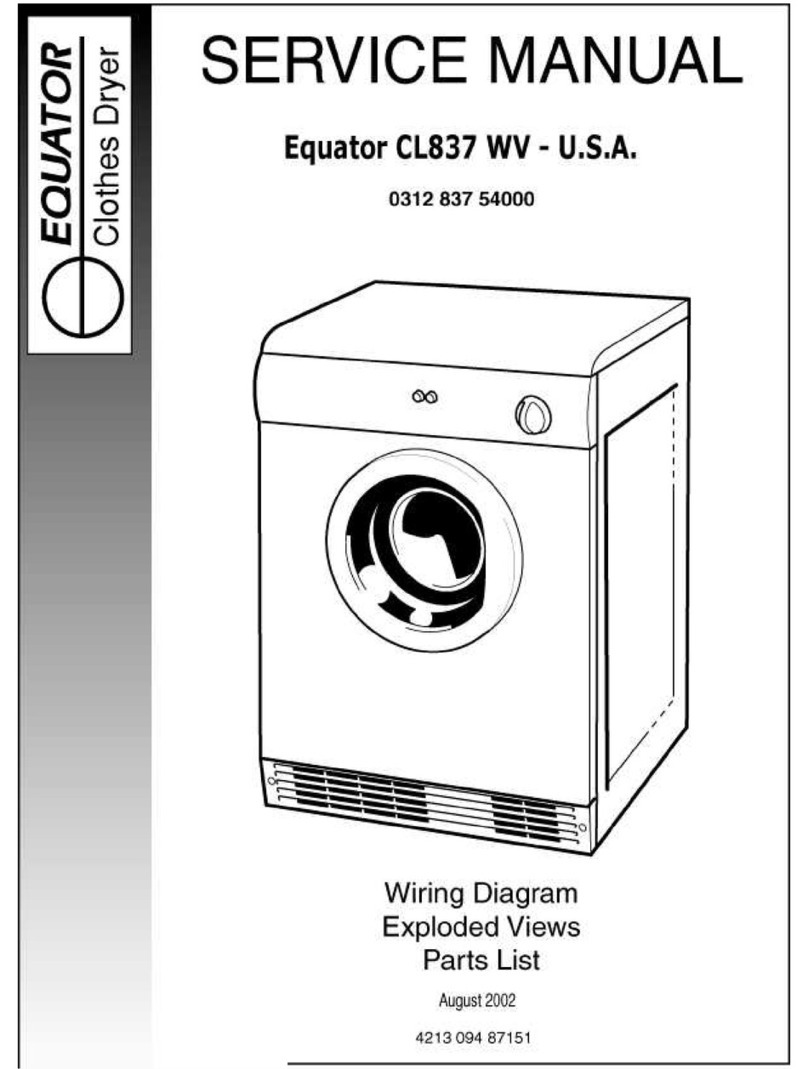
Equator
Equator CL837 User manual
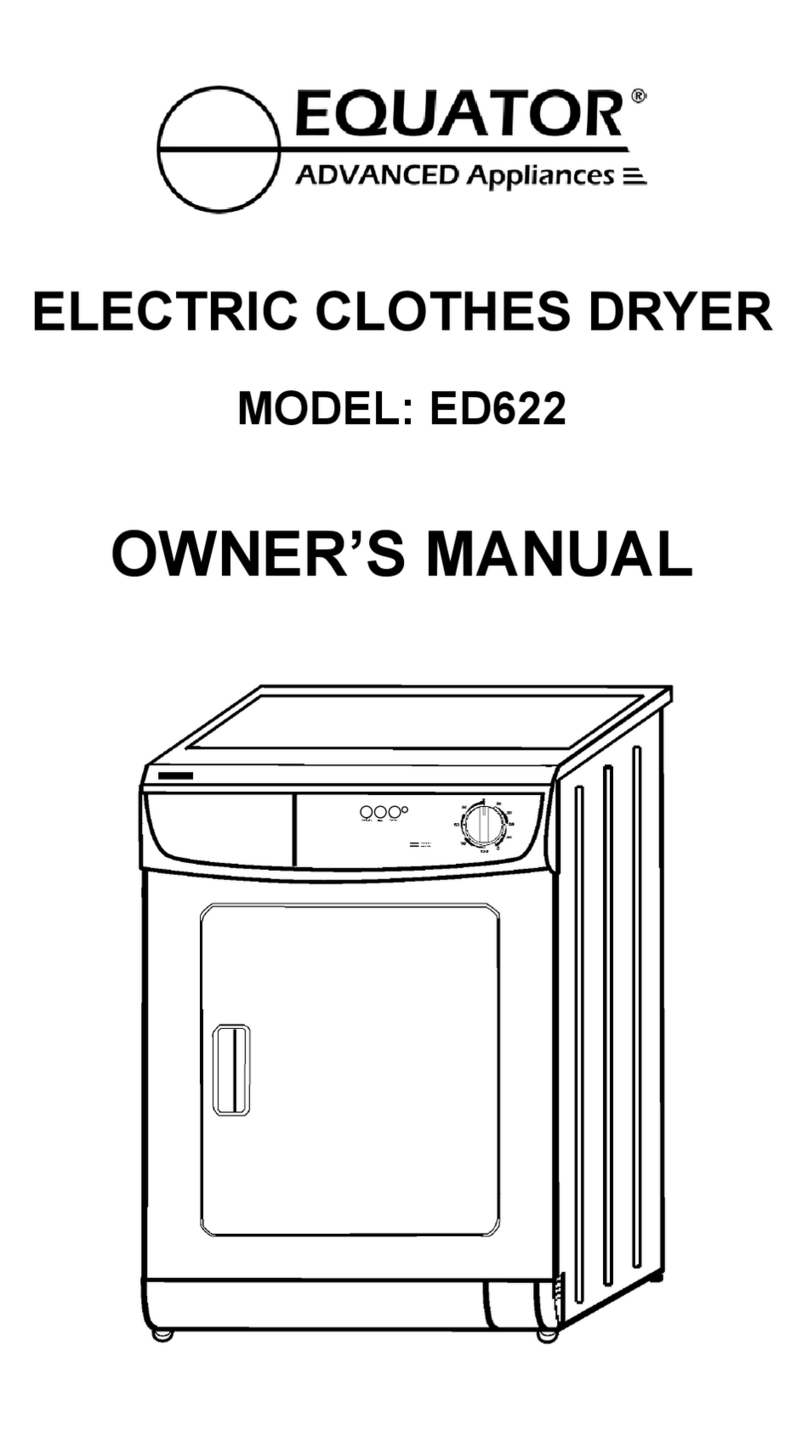
Equator
Equator ED622 User manual

Equator
Equator ED 510 Instruction Manual
Popular Dryer manuals by other brands

ffuuss
ffuuss eos user manual

KitchenAid
KitchenAid 53-3498 installation instructions

Schulthess
Schulthess Spirit topLine TW 8340 operating instructions

Whirlpool
Whirlpool LGR4624BW0 parts list

World Dryer
World Dryer AirMax D M5-972A manual

Alliance Laundry Systems
Alliance Laundry Systems ADEE9BSS user guide





















